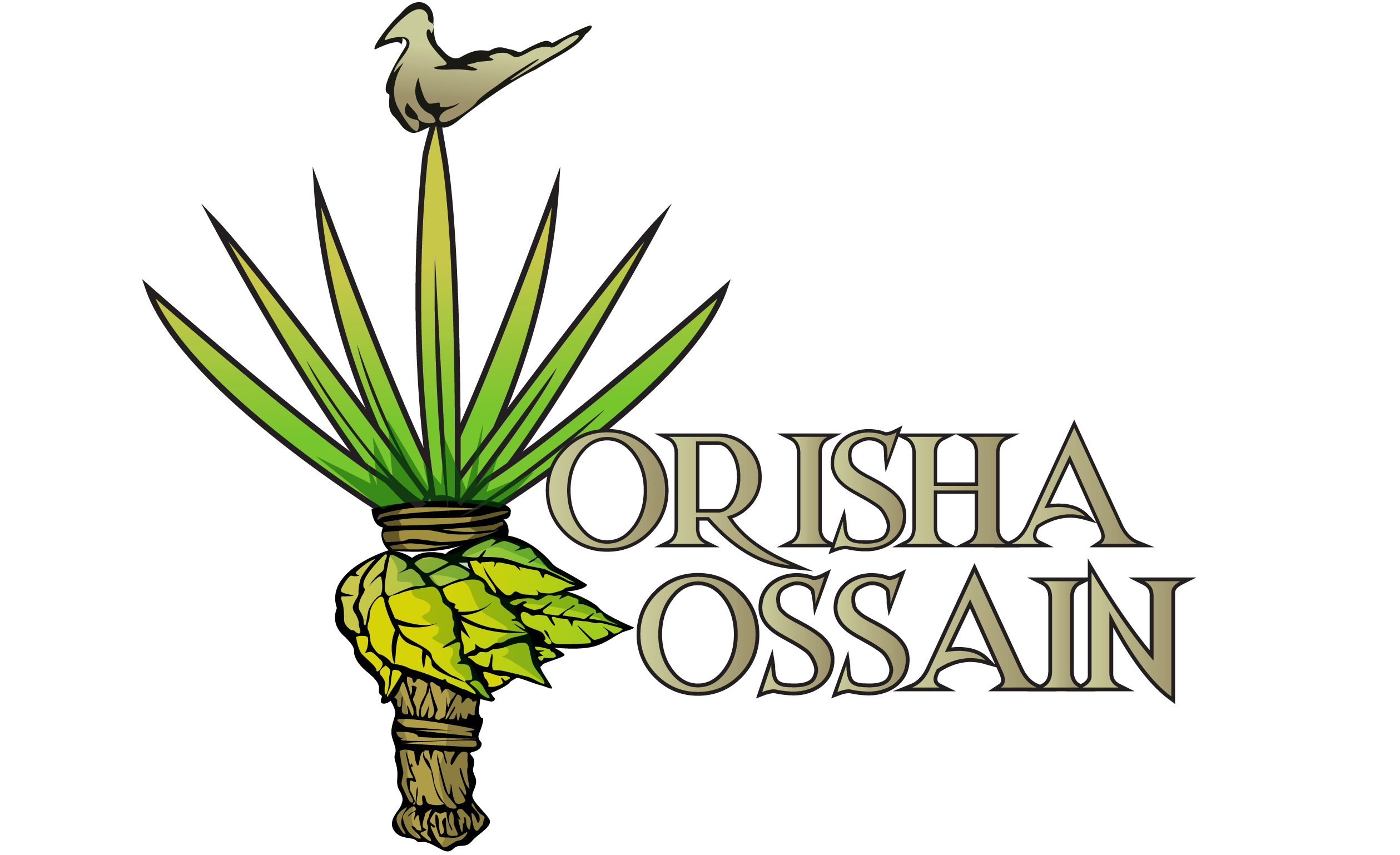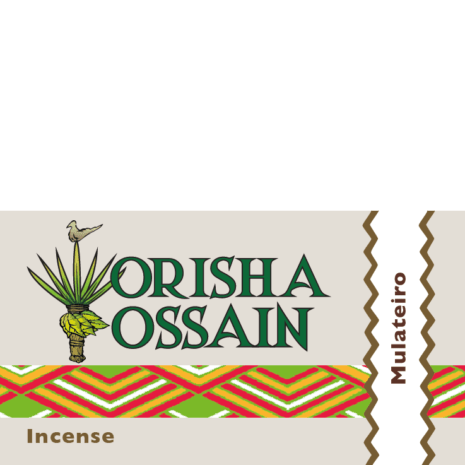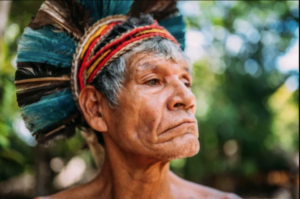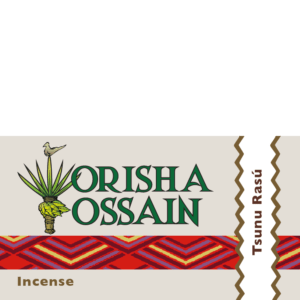Rapé Mulateiro
From: $19.73
This Mulateiro Yawanawa is a fine and flowing snuff that has a light grey appearance, a nice aroma, and plenty of force.
Names: Mulateiro, Forca, Capirona, Rapé Pau-Mulato.
Tribe: Yawanawa
Origin: Acre, Brazil.
Rapé Mulateiro
This rapé Mulateiro Yawanawa is a fine and flowing snuff that has a light grey appearance, a nice aroma, and plenty of force. Powerful and energetic in the first few moments followed by a subtle and peaceful after-effect. Rapé Mulateiro helps to release thoughts. It brings you into a peaceful space with a high level of focus.
The Yawanawa say that Mulateiro releases tensions of the right and left cerebral lobes, thereby providing profound balance and equilibrium of mind and body.
Bashawa, Samúma, Yawa-Menta, Caneleiro, and this Rapé Mulateiro are all made by the same group of Yawanawa Indians. I am happy to represent them through their Rapé in my shop
About Mulateiro / Calycophyllum spruceanum
Calycophyllum spruceanum belongs to the Rubiaceae family and is a canopy tree of 30-meter height. In Brazil, the common name is Mulateiro or Pau-Mulato and in Peru, its called Capirona. Mulateiro produces an abundance of white, aromatic flowers during the summer months.
Its bark is shed periodically to avoid lichens, fungi, epiphytes, and lianas. It has a long tradition in the indigenous Amazonian culture, including many medicinal uses. Dried bark works well for the treatment of fungi, parasites, infections, and wounds or burns. Mulateiro sometimes also gets added as an extra ingredient in Amazonian Ayahuasca.
The Yawanawa Tribe
The Yawanawá (yawa/white-lipped peccary; nawa/people) are a group belonging to the Pano linguistic family who today occupy the Gregório River Indigenous Land.
The Yawanawá community is in reality a conjunction of people that includes members from other groups: Shawãdawa (Arara), Iskunawa (nowadays known as Shanênawa, who live in a village close to the town of Feijó), Rununawa, Sainawa (generally known as Yaminawá, who live in the Bagé river region), and Katukina.
This configuration is the end result of a sociological dynamic common to many Pano groups – alliances. Through marriage, the capture of women during warfare conflicts, the migration of families – and a series of historical contingencies.
Would you like to know more about the Amazon indigenous tribes or other tribes’ cultures around the world? Have a look at this interesting website.
Yawanawa Rapé
The Yawanawa call their Rapé “Rume”. It contains mostly the ash of the bark of the Tsunu tree. They add the ash of the bark of the Txunú tree and a strong herb that resembles mapaccho. This makes a special and very unique Rapé blend.
The Amazonian tribes use the Tsunu tree bark often for healing and curing purposes. Rapé has a supportive role during ayahuasca ceremonies and is often used before ayahuasca. It enhances the effects and the opening of the spirit for the ceremony. But also during intense ceremonial experiences, it eases vomiting and cleaning.
“We mostly use rumê in our sacred ceremonies with UNI (our sacred drink, more commonly known as ayahuasca). But, rumê is also taken in the afternoon, before washing. The water cleans our body and spirit; it’s our favorite part of the day”.
Tepi and Kuripe
Have a look at the collection of Tepi and Kuripe. Various styles from different artists are available. 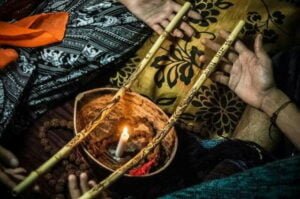 Tepis receiving blessings from their creators
Tepis receiving blessings from their creators
Handling & Sorting
I sieve this rapé Mulateiro and all other snuff coming from my shop through a 120-micron high-grade stainless steel mesh. I also store the Rapé stock dry and in vacuum containers to prolong freshness and quality.
This results in.
- an extremely fine powder.
- a guaranteed consistent fineness
- optimal absorption of the snuff
